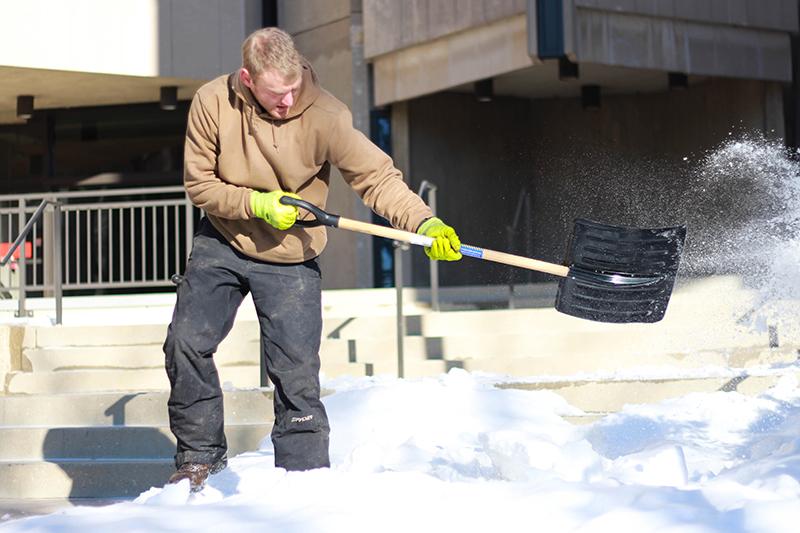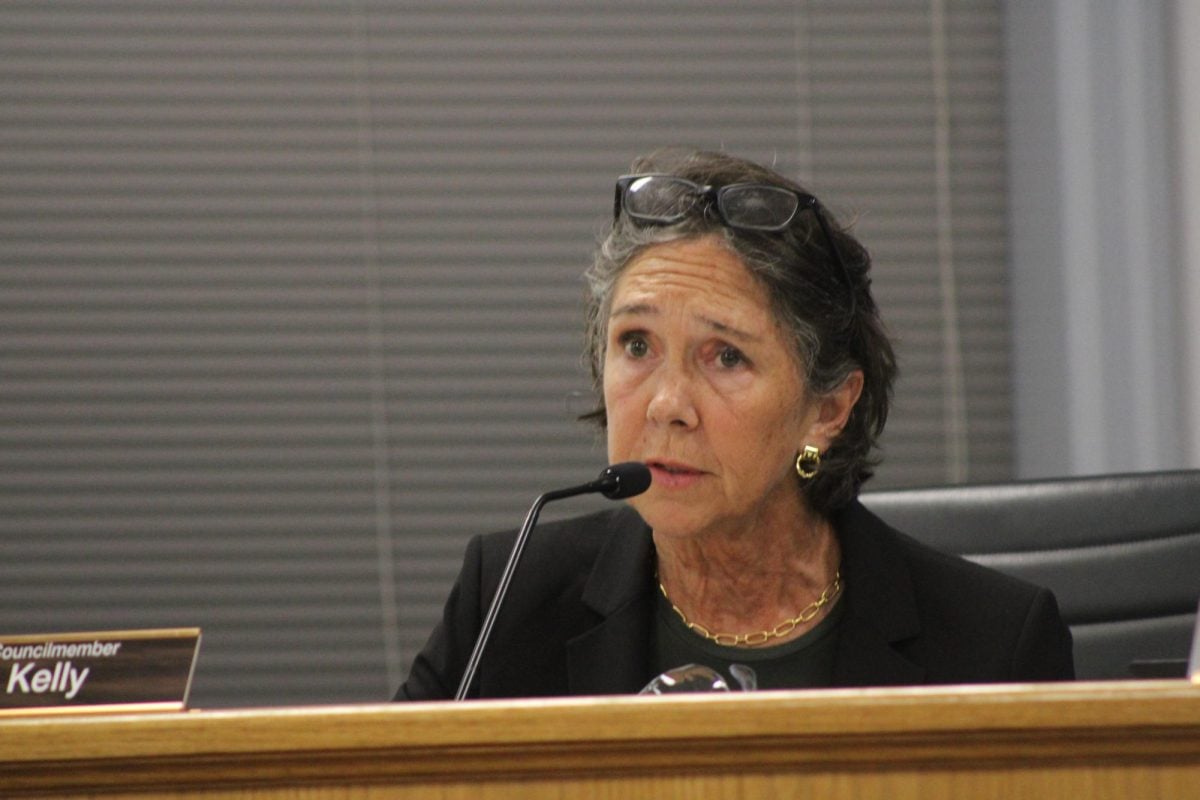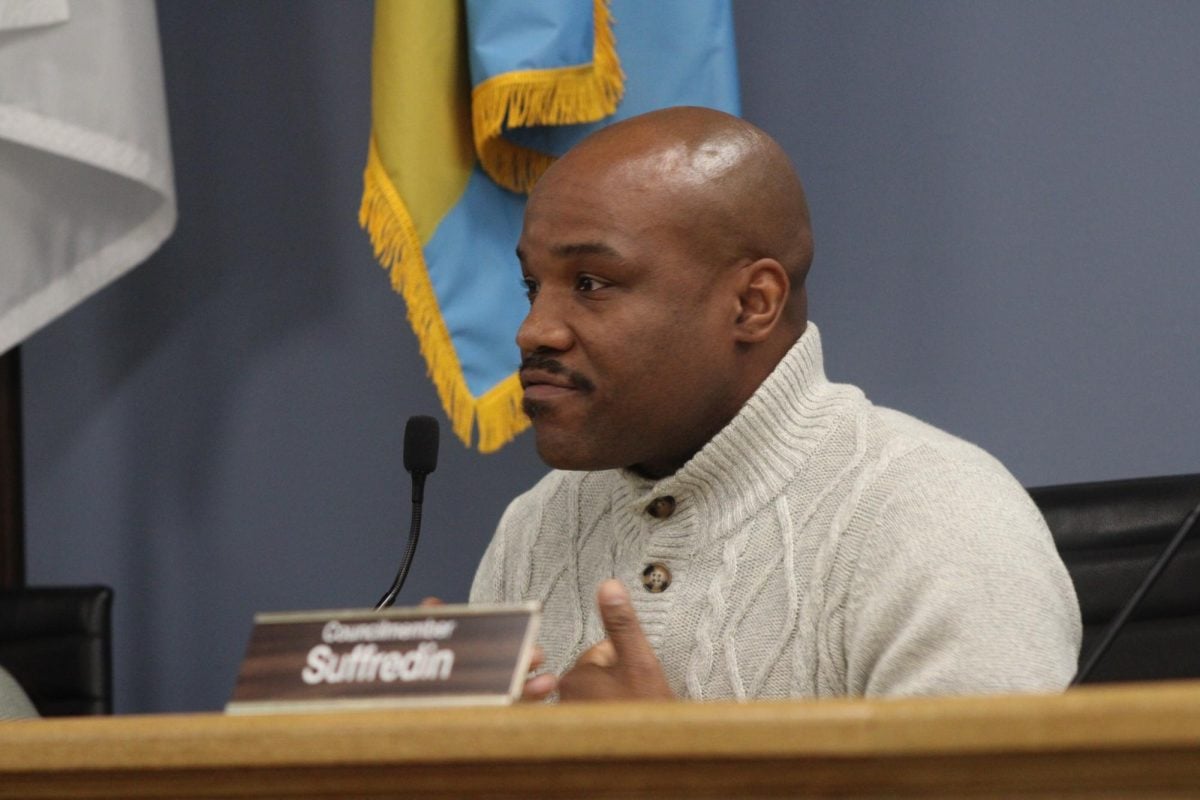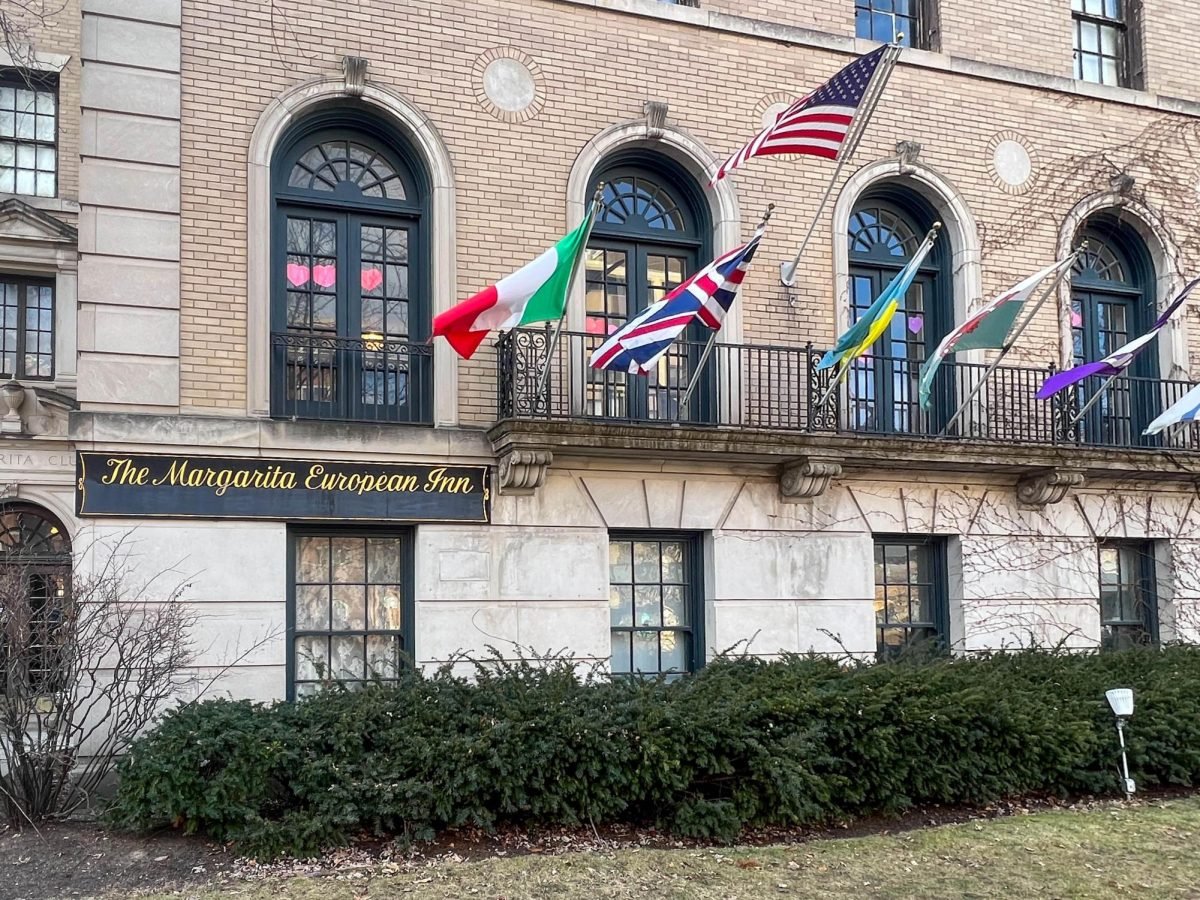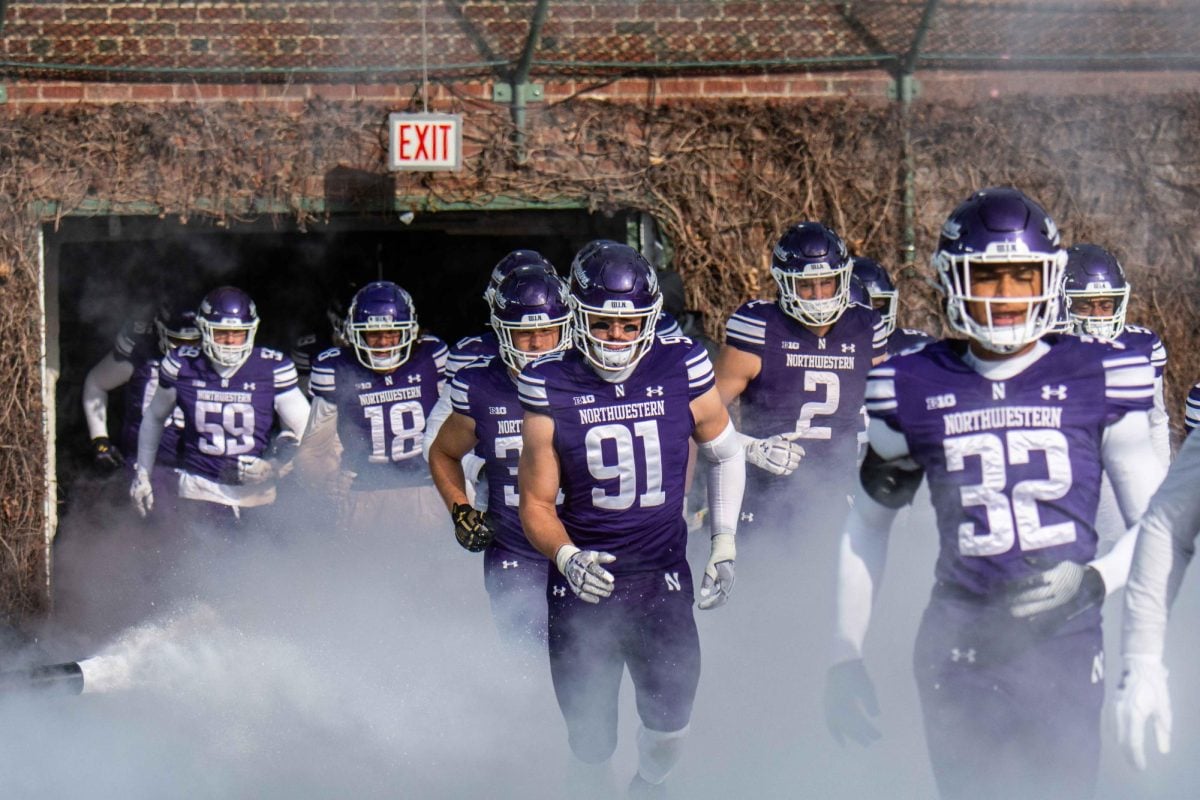After more than two feet of snow blanketed Evanston in a one-week period earlier this month, the city shelled out more than $400,000 in a complicated cleanup effort.
Northwestern faced similar challenges, bringing in extra help and working nearly around the clock to clear the aftermath of the polar vortex from sidewalks, staircases and parking lots.
The combined 26.5 inches of snow that fell at the beginning of January represent the area’s second snowiest week ever, according to the National Weather Service.
Public Works Director Suzette Robinson said the total was three inches higher than the average annual snowfall for Evanston. Robinson presented a report to City Council last week on the city’s operations during the severe winter weather.
The city has budgeted $685,000 to spend on snow-related activities in 2014, Robinson said. The combined costs of the two major storms and other recent inclement weather have left just $165,000 to handle further adverse winter weather, according to city documents.
The high cost of snow removal is due largely to equipment rental costs. The snowfall was so heavy that additional equipment was required to remove snow from downtown and business district areas, Robinson said. The storm also required extra work from cleanup crews, meaning Evanston has spent more than it budgeted for overtime, Robinson added.
Snow cleanup is factored into NU’s Facilities Management’s budget, but the department can ask for extra funds in the event of a snow-heavy winter, said Steve Camburn, assistant groundskeeper foreman. Crews are still working to clean the leftover snow and ice — though most of the job is complete.
The University brought in contractors and called on carpenters and painters to help the 19 full-time grounds services staff remove large amounts of snow and ice.
“This one stretched us,” Camburn said. “It was hard on the machines and hard on the guys, but the snow is relatively light. … It’s just the sheer volume of it.”
Plows and shovelers began their work while snow was still falling to prevent massive buildup. When the University closed Jan. 6 and 7, Facilities Management staff remained to clear pathways and sidewalks.
The snow removal has been especially difficult because freezing temperatures caused the snow to crystallize, meaning salt does not melt it easily, Camburn said. Crews are now working to remove snow piles that may melt in the warmer daytime hours and freeze into black ice overnight.
Freezing temperatures caused problems inside University buildings as well. Camburn noted issues with frozen pipes and heating systems in residence halls and academic buildings.
“The vast majority of it is done. Now it’s kind of fine-tuning,” Camburn said. “There was a lot of working going on just to keep the structure and facilities functioning.”
At City Council, Robinson also discussed the city’s snow removal challenges given the lack of off-street residential parking.
“The expectations remain the same: that the travel lanes are cleared to the curb and residential streets are cleared to the curb,” Robinson said. “So, trying to accomplish all of that with limited parking and places for people to do (that) can be challenging — not impossible, but challenging.”
Robinson also highlighted the staff’s accomplishments and weaknesses during the two major storms. She said city staff did “a phenomenal job” with communication, both between departments and with residents.
Email: [email protected], [email protected]
Twitter: @mccarthy_ciara, @allymutnick
